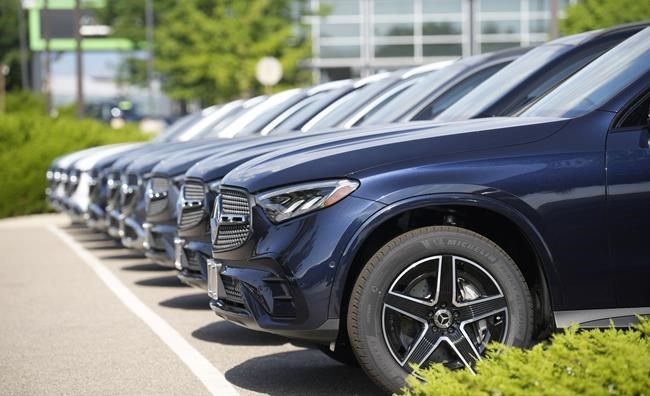WASHINGTON (AP) — U.S. wholesale prices increases accelerated in August, a sign that inflation remains stubbornly persistent despite a series of sharp interest rate hikes by the Federal Reserve.
The Labor Department said Thursday that its producer price index — which measures inflation before it hits consumers — increased 1.6% last month from a year earlier. That is up from a small 0.8% yearly increase in July and just 0.1% in June. Sharply higher gas prices drove much of the increase.
Excluding the volatile energy and food categories, core inflation rose 2.2% in August from a year earlier, down from a 2.4% yearly increase in July.
Wholesale prices are still rising more slowly than consumer costs, a sign that inflation may continue to cool as the weaker wholesale price gains translate into smaller price increases for the consumer. The Thursday data reflect prices charged by manufacturers, farmers and wholesalers.
The government said Wednesday that the consumer price index, the most widely-followed inflation gauge, rose 3.7% in August from a year ago, up from a 3.2% yearly gain in July. Yet excluding the volatile energy and food components, core inflation fell to 4.3% in August from 4.7% in July.
Also Thursday, the government said retail sales rose 0.6% in August, largely because sharply higher gas prices pushed up gas station sales. Excluding fuel, retail sales rose just 0.2%.
On a month-to-month basis, wholesale prices rose 0.7% in August, the biggest gain in more than a year, up from a 0.4% increase in July. Core wholesale prices ticked up 0.2% last month, down from 0.3% in July. The Federal Reserve, which is fighting inflation by raising interest rates, closely monitors core prices because they are considered a better measure of future inflation trends.
For now, consumer inflation remains far above the Fed's 2% target, and the pickup in wholesale prices last month underscores that further declines in inflation will likely be bumpy and uneven.
Earlier this year inflation fell rapidly as gas prices dropped and supply chain snarls unraveled, which brought down the prices of goods such as cars, furniture, and appliances. Consumer price gains peaked at 9.1% in June 2022, then plunged to 3% a year later, before ticking higher in July and August.
Wholesale inflation year-over-year has also fallen fast, from a peak of 11.7% in March 2022. But some economists worry that it will be harder to get inflation down to the Fed’s 2% target, now that the benefits of cheaper fuel and improved supply chains have largely been realized.
The Fed has pushed up its key interest rate 11 times in its past 12 meetings, to about 5.4%, the highest in 22 years. Yet most economists expect it will leave its rate unchanged at its next meeting Sept. 19-20, as officials take more time to scrutinize the impact of the increases it has implemented so far. Still, with inflation likely to decline only gradually in the coming months, the Fed could hike borrowing costs one more time before the end of the year.
Christopher Rugaber, The Associated Press


